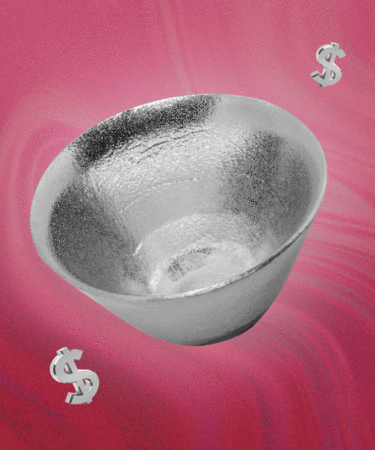While in the U.S., anti-aging creams, treatments, and procedures continue to proliferate, Japan honors the process of getting older. According to the World Health Organization, the nation has one of the longest life expectancies in the world — coming just behind Hong Kong with an average of 84.67 years, and many people living well beyond that. A life lived that long is something to be celebrated, which is the exact sentiment behind Japan’s Respect for the Aged Day.
Celebrated annually on the third Monday of September and recognized as a federal holiday, Respect for the Aged Day gives folks a chance to spend time with their elderly family members and friends. And the long weekend is just one of the perks of growing older in Japan — residents who reach 100 receive a special set of sake cups to commemorate the achievement.
The tradition began in 1963 when the Japanese government sent a silver sakazuki, a flat saucer-style cup commonly used for sake, to centenarians. Each cup came in a ceremonial wooden box and was meant to be a token of recognition in celebration of the elderly.
At the time, Japan’s population was not as robust as it is today, so just 153 cups were distributed countrywide. Japan currently has over 125.6 million citizens — a 25 percent growth since the ‘60s. And that includes the country’s elderly population. With so much growth, the silver cup custom had to be adjusted.
Each year, the senior citizen community grew larger and the customary gift, though thoughtful, became costly. To put things in perspective, the production of each silver cup averaged between 7,000 and 8,000 yen ($72 to $82). In 2014 alone, the government delivered 29,357 cups — a hefty increase from the initial 153. To keep the tradition alive, the government decided to alter the material from silver to nickel. In an article published by Reuters, a representative of the Health Ministry noted that the change became necessary due to the government’s limited budget.
But the shift to nickel wasn’t the only modification the cups received; the diameter of the cups also shrank from 4.13 to 3.54 inches. While these changes were beneficial at the time, the tradition still raises some financial concerns.
As a result, Japan is exploring new ways to celebrate its 100-year-old citizens, such as switching to a more cost-effective gift or sending a congratulatory letter instead. While this may seem substandard compared to the gifts of 1963, it’s encouraging to remember that even without the symbolic silver vessels, growing older in Japan remains something to be celebrated.
